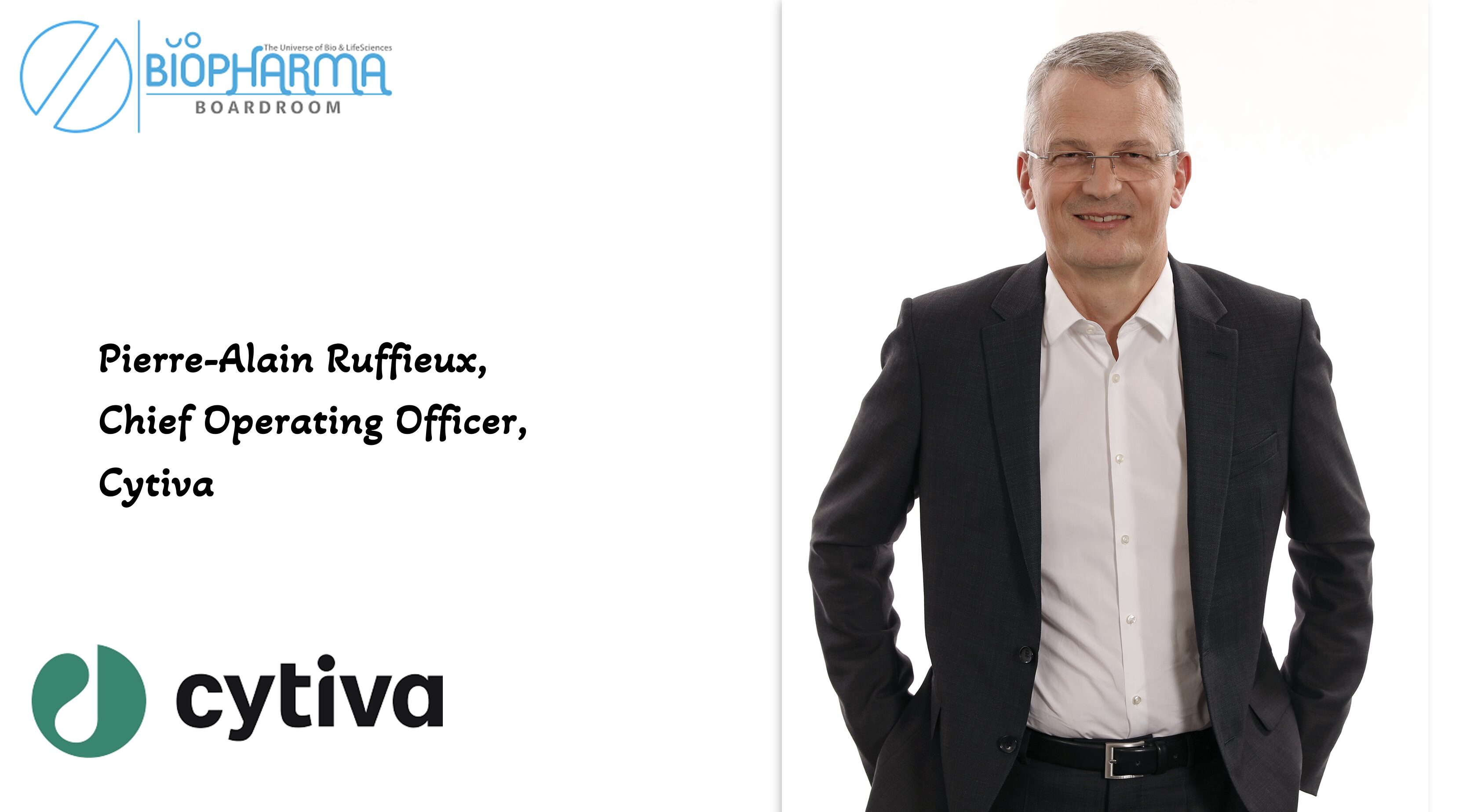20 October 2025 | Monday | Interaction

Resilience is no longer a corporate slogan — it’s the new currency of survival in biopharma. As the sector races between scientific breakthroughs and global disruptions, Cytiva’s Chief Operating Officer, Pierre-Alain Ruffieux, sheds light on how the company is turning insight into impact. Drawing from Cytiva’s Global Biopharma Resilience Index, he speaks with BioPharma Boardroom about the company’s strategic focus — from strengthening supply chains and nurturing talent to advancing sustainability, R&D, and regulatory readiness — all aimed at ensuring the industry continues to deliver life-changing therapies with agility and confidence.
How does your organization prioritize investment across the six pillars of resilience?
To briefly explain, the pillars come from Cytiva’s Global Biopharma index, which surveyed over 1 200 biopharma executives. Our analysis shows that while the industry is getting bigger, market performance is lagging. This puts clinical breakthroughs at risk. We found six pillars under pressure: supply chain resilience, talent pool, R&D ecosystem, manufacturing agility, government policy, and regulation and sustainability.
At Cytiva, we are making progress across all six pillars but ultimately prioritize investments that drive our customers’ progress, with both a short and long-term view. For example, as part of a USD 1.6 billion investment into global capacity expansion we are constructing a second resins manufacturing facility in Muskegon, Michigan, allowing US-based customers to source from a domestic supplier.
Which pillar presents the greatest challenge for your company currently?
We have made good progress building supply chain capacity post pandemic and continue to improve delivery performance. On talent pool, like many in the industry, we are challenged by skills shortages. Proximity to key hubs and academic links helps, but competition is especially strong in areas like digital and automation.
One area we have progressed on in recent years is fostering our own R&D ecosystem. We continue to bring innovative products to market, while feeding the pipeline with employee-led innovation accelerators and cross-industry collaborations.
Then, we continue to progress on sustainability. We are proud to be Eco-Vadis platinum certified for four years in a row, putting us in the 1% of 150,000+ companies globally. While we continue to bring emissions down, we are also working on end-of-life projects for single-use materials with the University of Wisconsin-Madison.
How are talent shortages impacting your ability to develop advanced therapies?
Customers often tell us they value not just the technology from Cytiva, but the experience and know-how of our people. When working with new modalities, we’re able to draw on 60 years of industry experience to help guide them, whether it’s moving from discovery to process development, or scaling up to full production.
I believe talent is out there, but you need to be close to where it’s happening. Our Marlborough, Massachusetts office is right in the heart of the Cambridge life sciences community, which means we’re surrounded by leading companies, universities, and medical centers. In the UK, we’ve teamed up with University College London to help train the next generation in advanced therapy development.
Finally, we’re not just focused on bringing in new talent—we’re also committed to helping our people grow, offering career development and cross-skilling so our teams stay engaged and ready for whatever comes next.
What strategies are you adopting to improve manufacturing agility?
At Cytiva, we lead with the Danaher Business System (DBS), a set of tools, a philosophy and culture, that drives continuous improvement, innovation, and operational excellence. Through applying DBS to our operations, we can achieve consistent quality and efficiency.
With this solid foundation, we are introducing digital tools, AI, and automation. We use electronic batch records to ensure quality, compliance, and data accuracy. For our customers, we offer in-silico process development software which helps design, optimize, and predict the behavior of biological and chemical processes.
Supplementing this is our in-region for-region investments, in US, Europe and Asia-Pacific, to strengthen local supply chains and reduce lead times. By producing closer to where our customers operate, we can serve customers faster and bring sustainability benefits.
How is your company addressing sustainability amid financial and operational pressures?
Sustainability is both a core expectation of our customers and passion of the Cytiva team. We embed sustainability in how we operate which has resulted in a 46% absolute reduction in Scope 1 and 2 emissions since 2021, with further progress underway. We are very proud to be platinum-certified by EcoVadis for the fourth year in a row, putting us in the top 1% of 150,000+ companies globally for sustainability performance.
We will continue to push further to reduce our impacts and are working on end-of-life projects for single-use materials with the University of Wisconsin-Madison. We also invite our associates to get involved in sustainability. They have delivered ideas to improve packaging, phase out polystyrene, introduce green chemistry, apply additive manufacturing, and reduce water use. We’ve invested in and implemented their solutions.
How do government policy and regulatory frameworks influence your global strategy?
Our industry operates in a highly regulated environment, and compliance is non-negotiable to help ensure patient safety and product quality. We closely monitor evolving regulations across regions, from GMP standards to environmental and trade policies, and integrate those requirements into our operations and supply chain planning.
For example, when governments introduce new guidelines for biologics manufacturing, we adapt our technology platforms and invest in capabilities that help customers meet those standards. Regulatory harmonization efforts, such as ICH guidelines, also influence where and how we allocate resources globally.
Ultimately, our strategy is to monitor regulatory trends and try to influence and engage with policymakers for global harmonization to improve patient access, while meeting the worldwide compliance standards.
© 2025 Biopharma Boardroom. All Rights Reserved.